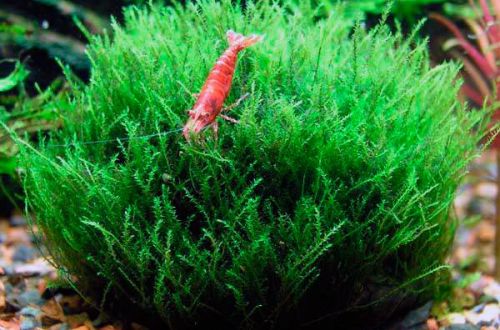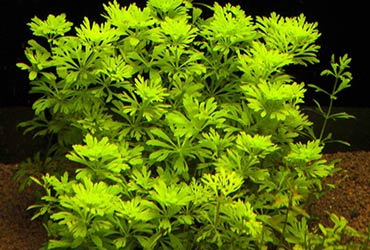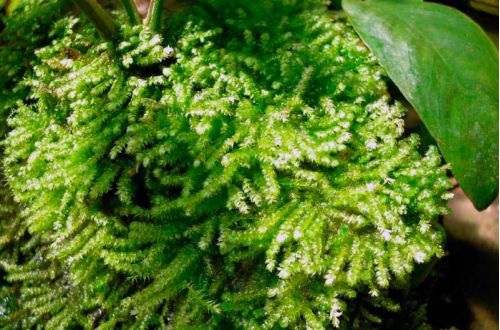
Pogostemon stellatus
Pogostemon stellatus, scientific name Pogostemon stellatus. The plant originates from Southeast Asia and the northern regions of Australia, including numerous archipelagos located between the two continents. It occurs everywhere in shallow water along the banks of rivers, streams, as well as in swamps and lakes.
Such a wide geographical distribution predetermined the appearance of numerous subspecies, sometimes markedly different from each other. The classic form is considered to be a plant that forms compact bushes from low sprouts with dense foliage of narrow elongated leaves. Each sprout can reach 6–14 cm in diameter. The color of the leaves depends on the growing conditions. In a favorable environment, polygamy of side shoots appears. Thinning is done by pruning.
Makes high demands on its content. It is necessary to ensure the supply of carbon dioxide and a high level of lighting. With a lack of light or in case of shading by other plants, the lower leaves lose color, becoming whitish.
Nitrates, phosphates and other trace elements must be introduced into the aquarium through the water. The concentrations of nitrates (5-20 mg/l) and phosphates (0,2-2 mg/l) are in a fairly wide acceptable range, so they are not significant if they remain stable. However, if there are sharp drops in concentrations, then this inevitably affects the plant. At high levels of nitrate and phosphate, Pogostemon stellatus turns green, while at lower levels it exhibits purple and orange hues. The plant is an excellent indicator of the concentration of the trace element iron. If it is not enough, the leaves turn yellow, and in extreme cases become white.
Depending on the size of the aquarium, the plant is used either in the central part or in the background. Due to the color and shape of the leaves, it contrasts beautifully against the background of green broad-leaved species.





